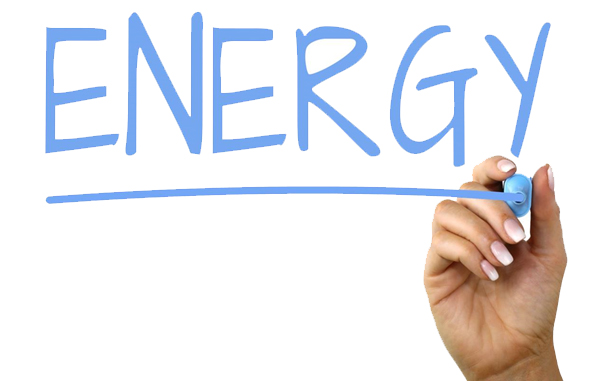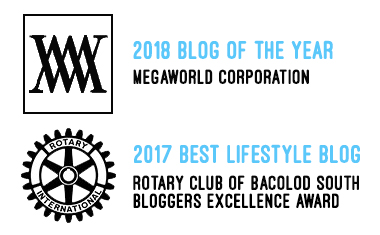Phoenix Energy Audits – What You Need To Know

What is the Energy Audit? Why is he useful? What do we need to know about home energy audits? There are just a few of the questions that many of us are asking. The term energy audit has increasingly widespread use and refers to the identification of cost-cutting solutions following an analysis of how we use energy.
Home Energy Audit
A certified energy auditor needs a series of information to draw up the energy performance certificate, which he obtains from:
- Studying the construction documentation (the building’s book, the sketch of the apartment, etc.)
- Visiting and studying the structure for which the energy performance certificate is being prepared
Based on this information, a certified energy auditor performs a series of expert calculations and issues an energy performance certificate for that construction.
The professional energy audit is carried out by specialized companies and certified by ANRE. However, until it requires the help of such specialists, at the level of each company or as small as it may be, a simple methodology of analysis of energy consumption can be implemented to identify and highlight the energy losses, but also to find solutions for elimination of theirs.
The Objectives of a Home Energy Audit
Even if we are talking about an internal audit or calling on independent specialists, the objectives of an energy audit are the same:
- Analysis of energy processes and here I am referring to the determination of the types of energy consumed
- Energy cost analysis
- Identifying technical solutions for lowering energy costs
The main steps in carrying out an energy audit can be found below:
1. Compilation of statistics on energy consumption:
- List of equipment and consuming machinery, data on the operating regimes of the installations, etc.
- Analysis of electricity payments for the last year, by type of energy source
- Consumer spot analysis
They should consider all consumers (thermal facilities, air conditioning, all equipment and machinery, lighting installations) regarding their type, nominal power, and mode/usage regime.
Measurement of the operating parameters of all equipment and installations and their statistical registration. This step is significant for controlling operating parameters, yields, loss determination, tracking of operating regimes. Click here.
2. Inspection of the installations audited
At this stage, it is advisable to leave the power supply system. Quality in power supply has an essential role in the proper functioning of all equipment and installations.
At this stage we will get information on:
- The state of the installations and equipment
- Details on working processes
- Way of operation
- Repair and revision schedule
- Defect rate, wear degree
- Control possibilities regarding the operating regime
3. Analysis of information
After analyzing the statistical data on energy consumption and costs, all the information obtained during the inspection stage, their economic analysis will be carried out, the report based on which the recommendations will be made.
At this stage of an energy audit when proposing solutions for energy efficiency.
4. Implementation of technical solutions, monitoring of results
It represents the last step, materialized by implementing the measures accepted following the recommendations made because of the auditing activity.

A useful solution? Energy Audit
Energy auditing is the first step in a company’s energy efficiency process and consists in thoroughly investigating how energy is consumed and identifying specific energy cost reduction solutions. It can be made for construction or industrial installations; it can be electro energetic, thermo-energetic or complex. Here are the main advantages:
- maximizing profit by minimizing energy costs, thereby increasing competitiveness
- fuel and heat savings that are directly reflected in fuel, electricity, water, and exploitation and maintenance
- improving the quality of environmental factors
- maintaining costs in optimal parameters so that the value of finished products is not influenced by consumption
We know that you are constantly looking for new ways to streamline production costs.
They designed the energy audit to find out how energy is consumed. This information can be used to identify effective ways to reduce the cost of energy and greenhouse gas emissions that contribute to climate change. Through energy auditing, you can analyze each component of industrial processes to establish a general view of energy consumption, identify areas of improvement, estimate the potential savings to be made, prioritize proposed solutions, and assess the required investments.
Additional info: www.quora.com/What-IS-energy-AUDIT
According to Law 121/2011, the energy audit is mandatory once every four years for all energy users with a consumption of 1,000 toe/year (tons of oil equivalent). Stages of an energy audit: diagnosis, preparation, and planning, data collection and review, observation and review of exploitation practices, analysis and development of energy saving measures, energy audit report including results and recommendations based on a viable economy.




